Hello.
I would like to see 1 tablespoon written in recipes as 15g.
Are the parentheses around the cc in ml (cc) necessary? I mean, I am the one who thinks it’s just 1/2 cup…
Anyway, this time I would like to talk about the guitar scale.
I'm not talking about music theory, but I’m talking about the length of the strings on a guitar. Understand that this is not about music theory.
The reason why I am talking about scales is because the other day, when I was talking with a non-player colleague in another department, he said, "I didn't know that there are various guitar lengths.” It is true that some people who don't play the guitar don't know about the various guitar lengths. Even though they take them for granted, I felt that it is quite important for those who are just starting out.
So, let me take this opportunity to explain it to you in a nutshell. “Scale” refers to the distance from the nut to the saddle.

Next, what kind of types are there?
These three are the most common types:
| Long Scale (Regular Scale) |
:25 1/2inches | 647.7mm |
| Medium Scale | :24 3/4inches | 628.65mm |
| Short Scale | :24inches | 609.6mm |
There are also 686mm, 666mm, and 635mm models, but basically the above three types should be fine.
It’s often said that short scale guitars are recommended for women and people with small hands because of their short scale. While this is true, it is also true that this is not always the case.
So, what changes when the scale is different? I will explain three of the most significant differences.
Playing Comfort
I think this is the biggest difference when the scale is changed. The difference in scale changes the way the force is applied to the strings.
The longer the scale, the stronger the tension of the strings, and the shorter the scale, the weaker they are.
This means that the strings on a longer scale are tighter than those on a shorter scale, so you have to hold down the strings more firmly than on a shorter scale.
In addition, the width of the frets also changes, which affects the playing comfort considerably.

In my personal opinion, if the first guitar you buy is a long scale guitar and you usually use a long scale guitar, it will be hard to play a medium scale guitar.
That's because you're not good at it. Don't say that! You know I’m right.
Anyway, playing comfort tends to depend on the scale of the first guitar you buy, so I think this is an important point for those who are thinking about buying a guitar in the future.
Tone Color
Guitar is a musical instrument, so this is another area of concern.
What changes so much? The most noticeable difference is in the sustain (extension of sound).
As mentioned earlier, a guitar with a longer scale has stronger string tension, so it takes longer for the strings to stop shaking, which results in a better extension of sound.
Also, a guitar with stronger string tension will have a more vibrant tone than a guitar with weaker tension.
“If this is the case, then long scale is better," you might say, but if the tension of the strings is weak, the sound will be round and soft, which is also difficult to express with long scale, so it’s difficult to say which is better.
Incidentally, as for the playing comfort, it varies greatly depending on the string gauge (thickness) used, the shape of the head, and the type of bridge, so this is just for reference.
Tuning
Even if you have never played the guitar, you have probably seen guitarists and bassists tuning their instruments while watching live videos on video sites or BDs, or during MC sessions during live performances.
As a matter of fact, guitars and basses are instruments that very easily go out of tune.
Therefore, tuning stability is an important point when choosing a guitar.
What tuning has in relation with the scale is that the longer the scale, the more stable the tuning.
This is also related to the tension of the strings. The stronger the tension of the strings, the stronger the force applied to the nut and saddle, the harder it is for the strings to move, and the smaller the swing you need when you play, so the tuning remains more stable..
Also, this is a little difficult to express, but the longer scale has a smaller effect (≒ratio) on the pitch of the string length when the string is displaced by the same distance than the shorter scale, so the longer scale is more stable in tuning.
Although I am still a little uneasy about this expression, it is all right to remember that the longer the scale is, the more stable the tuning is.
Lastly, we would like to introduce some of the electric guitars we carry by scale.
Long Scale (Regular Scale)
FENDER ( Fender ) / Made in Japan Traditional 60s Stratocaster 3-Color Sunburst
Fender Stratocaster is THE electric guitar.
This guitar is made in Japan and is more reasonably priced than its USA-made counterparts.
Other long scale models include Ibanez's RG series and Yamaha's Pacifica.
Medium Scale
EPIPHONE / Les Paul Standard '50s Heritage Cherry Sunburst
Along with the Fender Stratocaster, the Les Paul is one of the most popular electric guitars out there.
This Epiphone Les Paul model is manufactured at Gibson's own factory in China under strict control. These guitars are low-priced but high quality guitars.
Other models such as SG, Casino, and Yamaha RS of the same manufacturer are medium scale models.
Short Scale
Fender / Made in Japan Traditional 60s Mustang, Daphne Blue
The Fender Mustang is a cute looking guitar that is famous for being used by Char, one of Japan's most famous guitarists, and everyone’s favorite Kurt Cobain from the band Nirvana.
This guitar has a rock image due to its influence, but it also has the potential to be used by jazz singer Norah Jones, and can be used in any genre of music.
Other short-scale models include the Jaguar and the Fernandes ZO3.
How was the scale (string length) of electric guitars introduced this time?
This was a very rough explanation, but it is enough to understand that there are various changes when the scale is changed.
The scale is just a kind of personality of the guitar, and is not the decisive factor for the sound and playing comfort.
We hope this article will be helpful to those who are thinking of starting guitar or purchasing a new guitar.
See you again in the Sound House Staff Blog.
Bye.





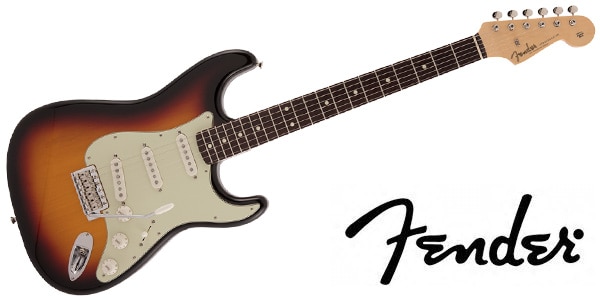
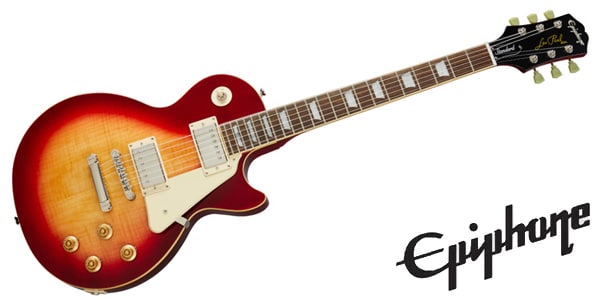
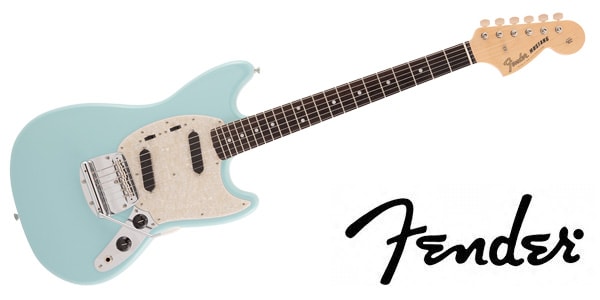




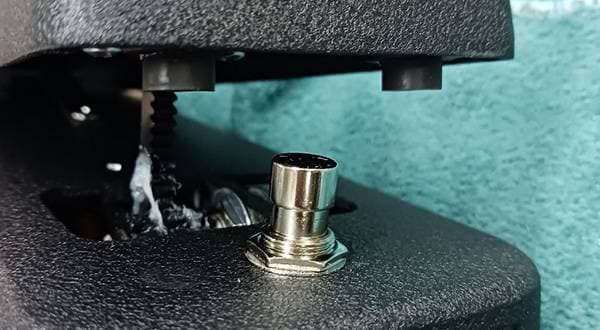
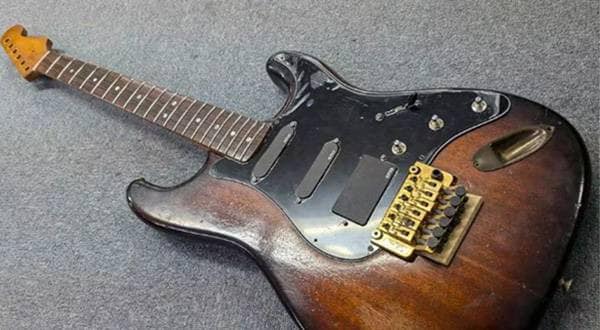
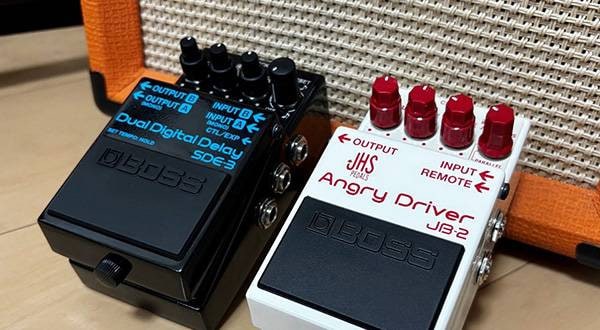
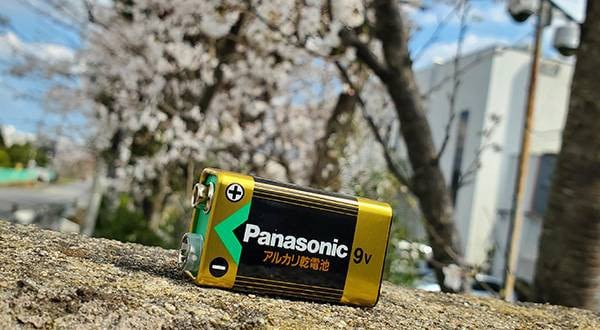
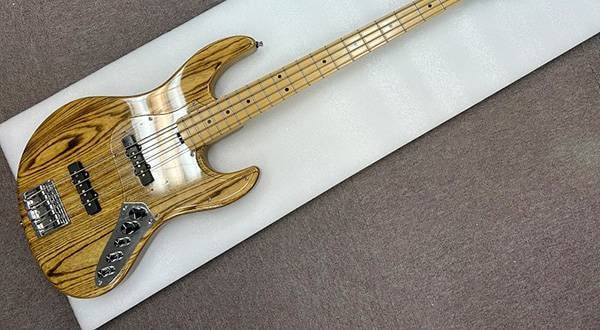
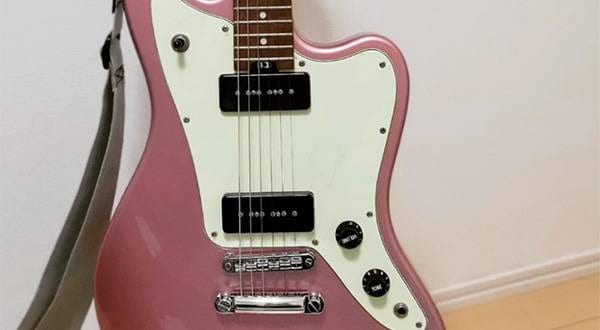
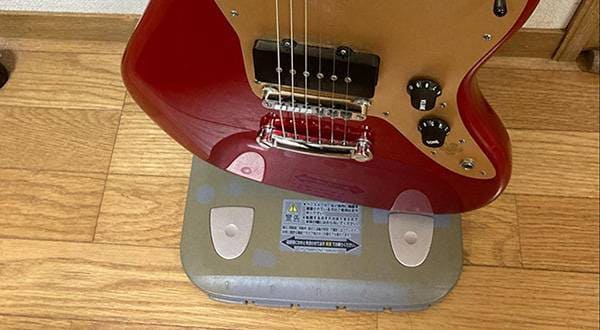



![[For beginners] Points you need to know about buying an easy-to-play guitar](/contents/uploads/thumbs/5/2020/12/20201225_5_11971_1.jpg)
 初心者必見!PLAYTECH 激スゴの理由!
初心者必見!PLAYTECH 激スゴの理由!
 FENDER(フェンダー)ブランドサイト
FENDER(フェンダー)ブランドサイト
 ギターの種類
ギターの種類
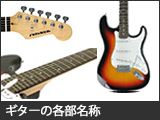 ギターの各部名称
ギターの各部名称
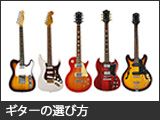 ギターの選び方
ギターの選び方
 ギタースタートガイド
ギタースタートガイド















